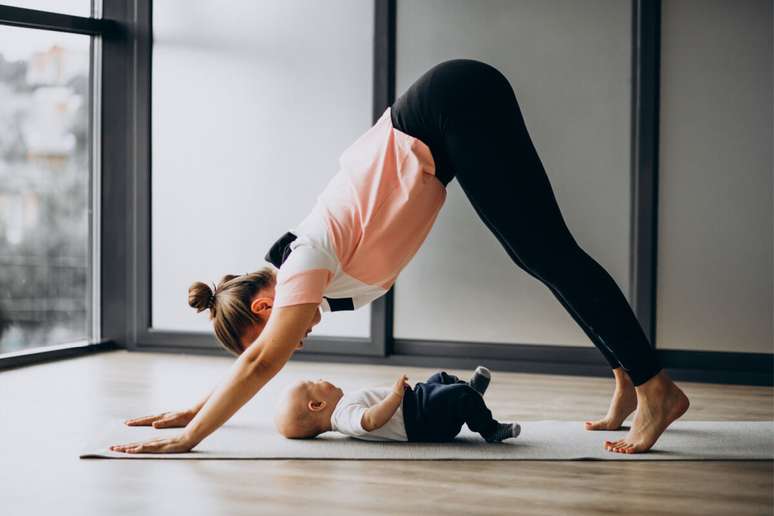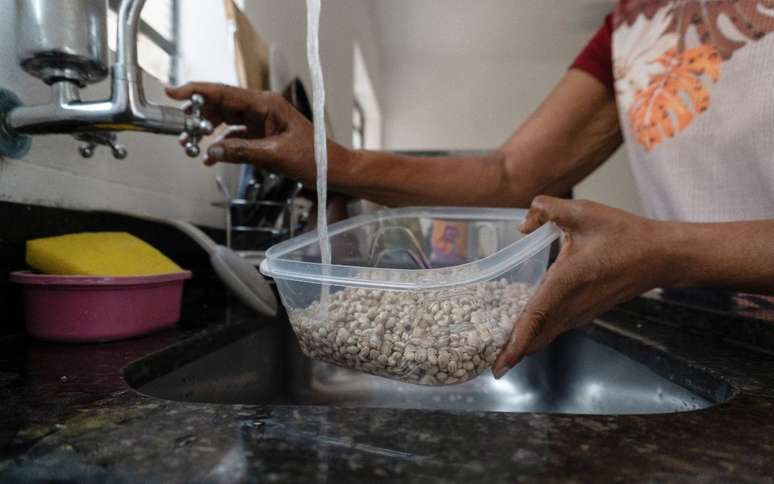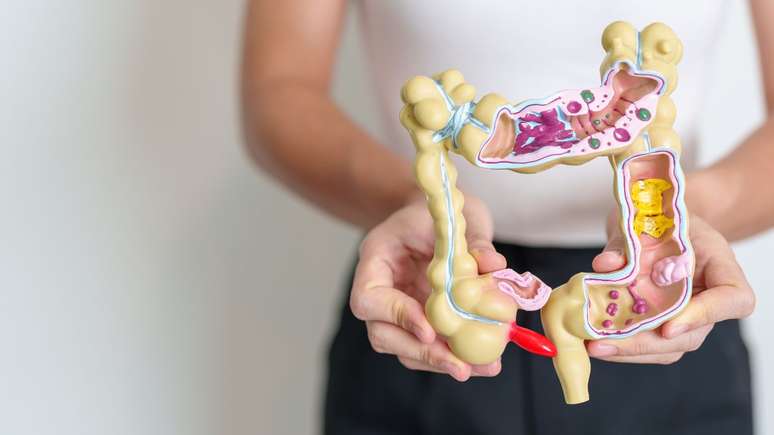Find out how some exercises can help you relax your mind and reduce anxiety
Postpartum depression is a problem that generates intense feelings of sadness, anxiety and exhaustion, impacting mothers’ physical and mental health, as well as family dynamics. In addition to medical monitoring, yoga can aid in treatment. This is because, according to Bruna Tiboni Kaiut, specialized in the Kaiut Yoga Method, the practice is an effective means of providing relaxation, emotional balance and mind-body connection.
“A recent study published in the scientific journal Complementary therapies in clinical practice, reinforces the effectiveness of yoga as a promising complementary therapy for postpartum depression. The study, which involved 57 women, showed that 78% of them experienced significant clinical changes after participating in yoga sessions for 8 weeks,” says the expert.
In consideration of this, the professional recommends 4 yoga positions that help postpartum and explains how to practice them. Watch!
1. Virasana
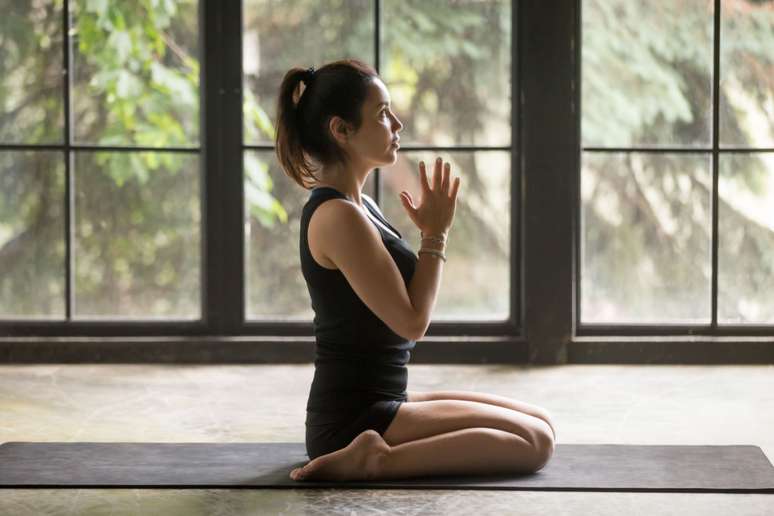
To perform this posture, Bruna Tiboni Kaiut teaches: “Start sitting with your feet knees Bent over, move your feet to the sides of your hips, keeping your ankles in line with your knees. Sit between your ankles, keeping your spine straight. Remain in the position for 1-2 minutes, focusing on deep breathing and relaxation.”
two. Viparita Karani (legs on the wall)
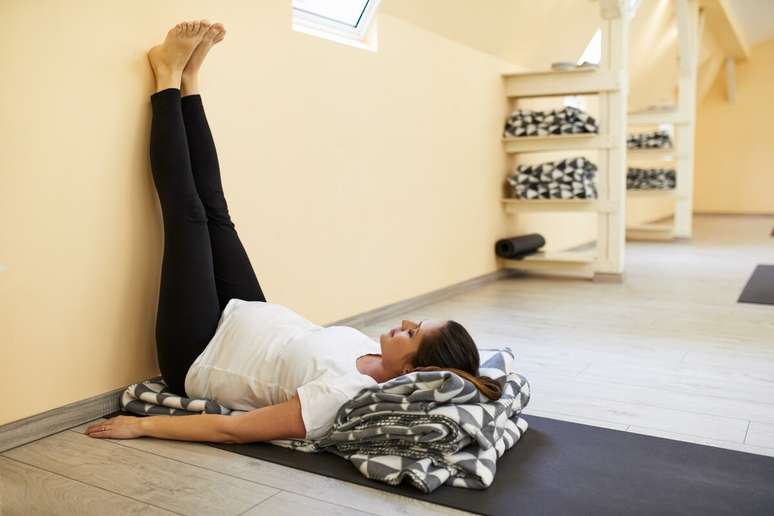
According to the expert, to start this pose you need to place a rug near a wall and then stand next to it. “Lie on your back, stretch your legs along the wall. Remain in this position for 5-10 minutes, breathing calmly,” he explains.
3. Sukhasana
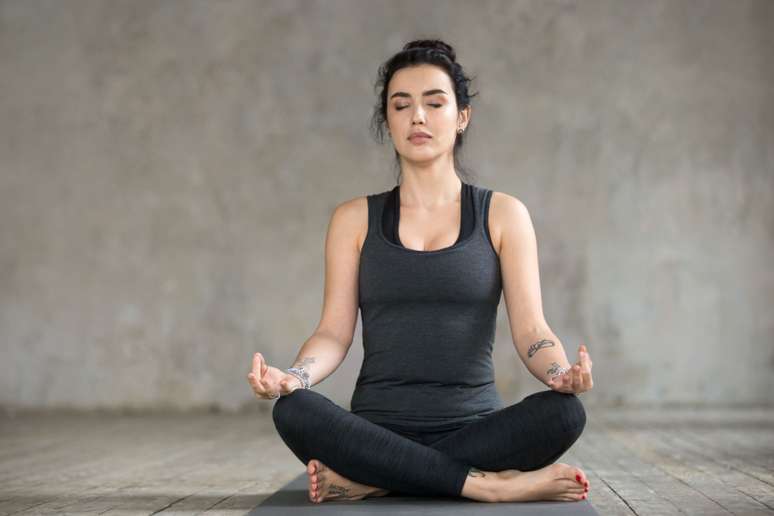
In sukhasana you have to sit on the floor with your hands legs cross and place your hands on your knees or rest on your stomach. Then, according to the specialist, you need to “keep your spine relaxed, close your eyes and breathe deeply for 3-5 minutes”.
4. Supta Badakonasana
To perform this posture, Bruna Tiboni Kaiut recommends looking for a solid and comfortable place to lie down. Then explain: “Put the soles of your feet together, let your knees fall to your sides, and place your hands on your stomach. Let your knees relax towards the floor and hold the position for 3-5 minutes, focusing on your muscles. Breathing and pelvic relaxation”.
Tips for practicing yoga after giving birthI am
- Start with caution: for Bruna avoiding comparisons is the beginning of everything. “This trajectory is yours and it is unique, respect and embrace the changes of the body postpartum. Start with gentle postures, gradually increasing the difficulty”, advises the professional.
- Practice pranayama: The yoga expert recommends spending time on breathing exercises. He tries abdominal breathing to calm his mind.
- Be kind to yourself: Recognize the body’s limitations during this period and maintain a compassionate approach.
- Establish a routine: take time to practice and be consistent to get the result benefits of physical exercise long term. “This way, moms can safely and gradually incorporate yoga into their postpartum routine. By adopting a regular yoga practice, women can strengthen not only their bodies, but also their minds, building a solid foundation for healthy motherhood and balanced”, concludes Bruna Tiboni Kaiut.
By Bruna Tiboni Kaiut and Ravi Kaiut
Source: Terra
Ben Stock is a lifestyle journalist and author at Gossipify. He writes about topics such as health, wellness, travel, food and home decor. He provides practical advice and inspiration to improve well-being, keeps readers up to date with latest lifestyle news and trends, known for his engaging writing style, in-depth analysis and unique perspectives.

